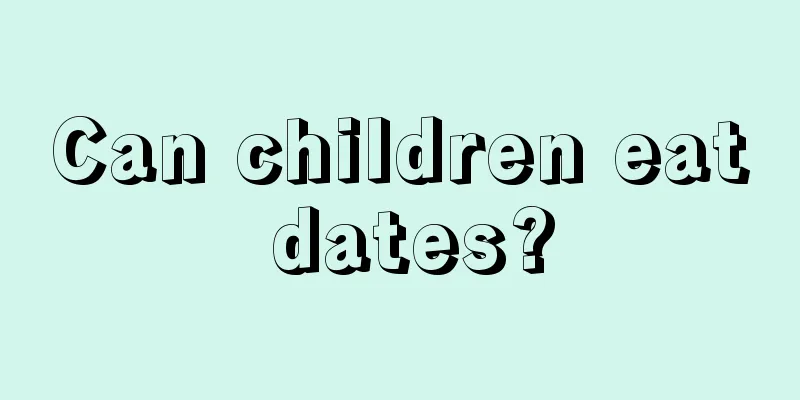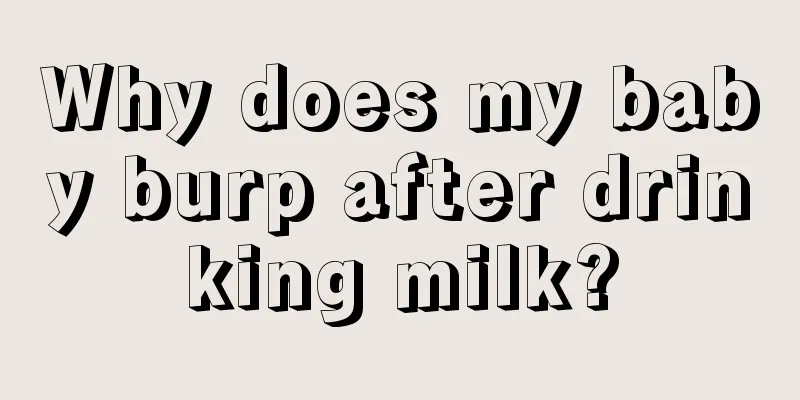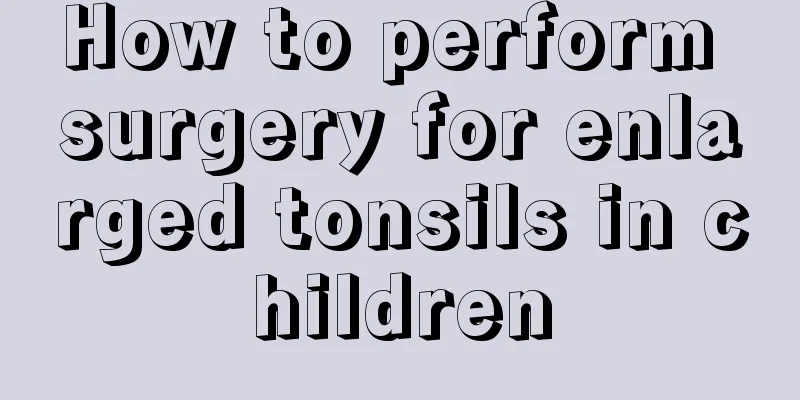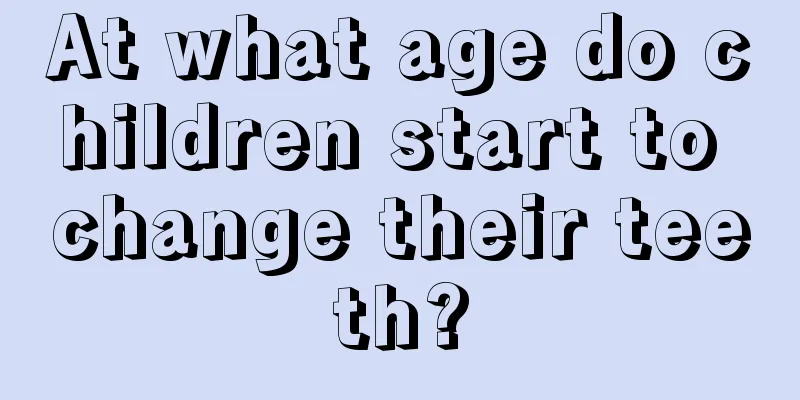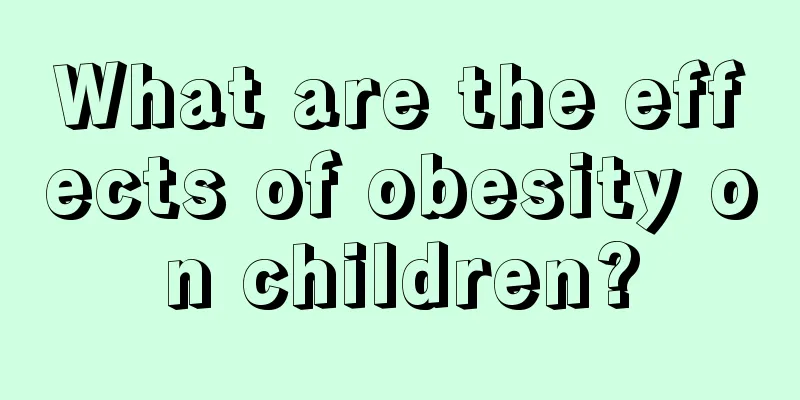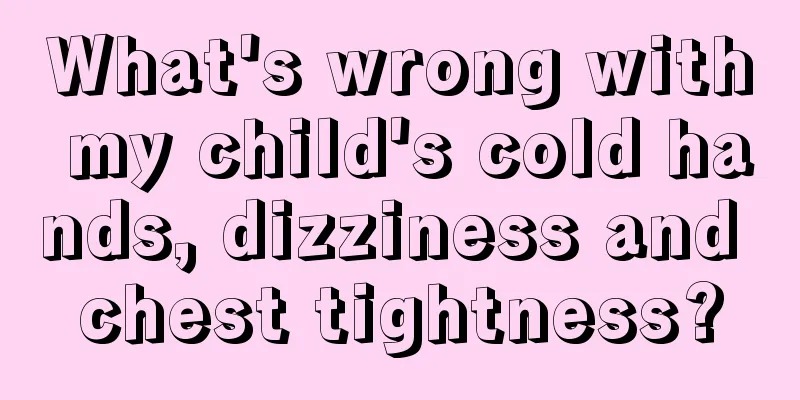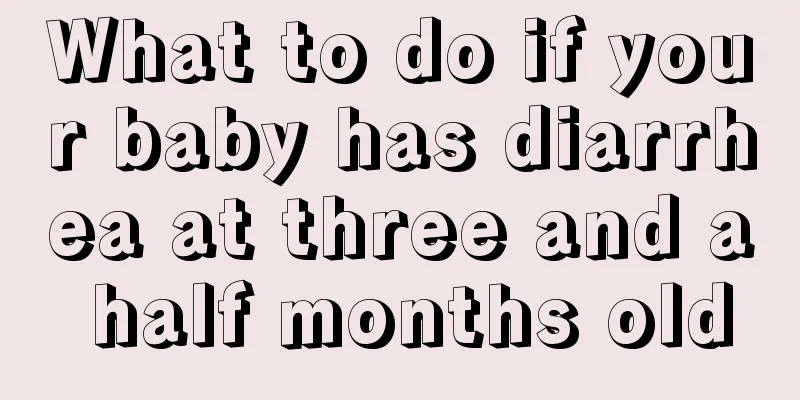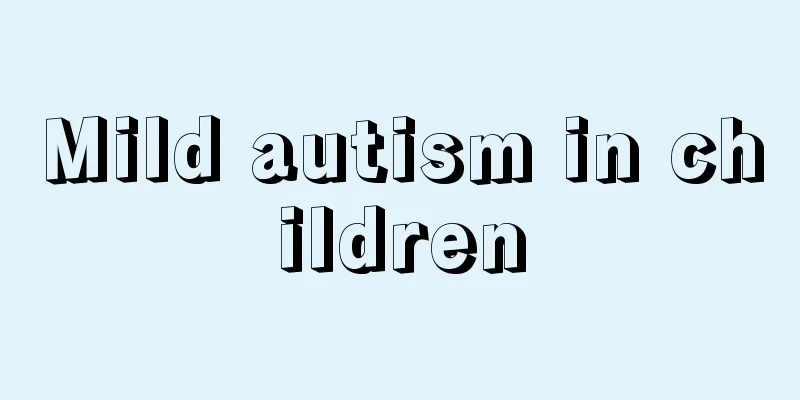What are the dangers of iron deficiency anemia in infants?
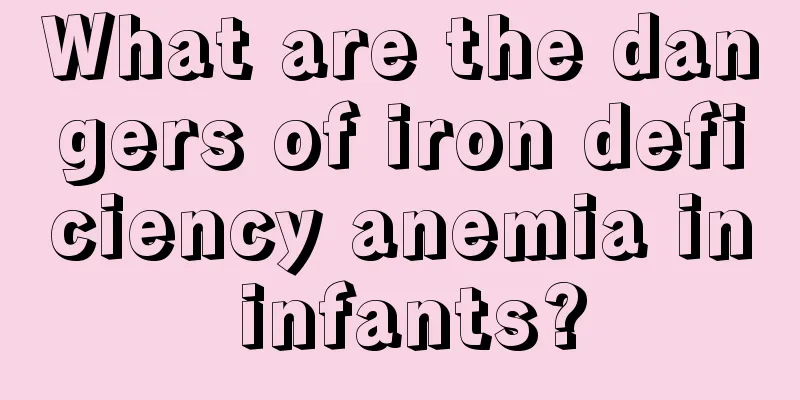
|
Anemia is a common disease. It can occur in anyone from newborn babies to the elderly. However, there are different types of anemia. Common anemias include iron deficiency anemia and thalassemia. The most common type of anemia is iron deficiency anemia. The harm of iron deficiency anemia in infants is extremely great. Parents must know the symptoms of the disease clearly so that they can detect physical abnormalities early. So what are the symptoms of iron deficiency anemia in infants? ⑴ General manifestations: At the beginning, patients often feel irritable or listless, do not like to move, have a loss of appetite, and their skin and mucous membranes become pale, which is most obvious on the lips, oral mucosa, nail beds and palms. Preschool and school-age children may report fatigue and weakness at this time. ⑵Manifestations of hematopoietic organs: Due to extra-bone marrow hematopoietic reactions, the liver, spleen and lymph nodes are often slightly enlarged. The younger the age, the more severe the anemia, and the longer the disease course, the more obvious the hepatosplenomegaly will be, but the enlargement rarely exceeds moderate. In addition to changes in the hematopoietic system, iron deficiency also affects metabolism. From a cytological point of view, it can lead to a deficiency of the cytochrome enzyme system; reduce the activity of enzymes such as catalase, glutathione peroxidase, succinate dehydrogenase, monoamine oxidase, aconitase and α-glycerophosphate dehydrogenase; and affect DNA synthesis. Due to metabolic disorders, loss of appetite, slow weight gain, atrophy of tongue papillae, decreased gastric acid secretion and small intestinal mucosal dysfunction may occur. Pica is more common in adults and less common in children. Neuropsychiatric changes are gradually attracting attention. It has been found that even when anemia is not severe, patients may become irritable and uninterested in their surroundings. Intelligence tests revealed that the children had difficulty concentrating, reduced comprehension and slow reaction. Infants and young children may experience breath bolding spells. School-age children exhibit abnormal behaviors in class, such as making noises and making constant small movements. The relationship between this phenomenon and iron administration is not yet clear, but experiments in recent years have shown that the concentration of norepinephrine in the urine of patients with iron deficiency anemia is increased and quickly returns to normal after iron administration, suggesting that neuropsychiatric changes may be related to the degradation and metabolism of norepinephrine. Increased norepinephrine in the urine can be caused by a deficiency of monoamine oxidase, an iron-dependent enzyme that plays an important role in neurochemical reactions in the central nervous system. It has been detected that the activity of monoamine oxidase in the platelets of patients with iron deficiency anemia is reduced, and it quickly returns to normal after taking iron supplements. In order to further confirm the relationship between iron deficiency and neuropsychiatric symptoms, more animal experiments should be conducted in the future. Children with iron deficiency anemia are more susceptible to infection. The formation rates of E rosettes and active E rosettes in these patients are reduced, and the reactions of skin tests such as PHA are significantly lower than normal, indicating that the function of T lymphocytes is weakened. There are reports of decreased peripheral blood T lymphocyte subsets CD3CD4 lymphocytes and decreased OKT4/OKT8 ratio. There are also reports that patients' NBT test results are lower than normal. This may be due to a decrease in iron-containing myeloperoxidase, thereby reducing the killing ability of granulocytes. After iron treatment, the bactericidal function of granulocytes returns to normal in more than 4 to 4 days. When hemoglobin drops below 70g/L, heart enlargement and murmurs may occur. This is a general manifestation of anemia rather than a specific sign of iron deficiency anemia. Since iron deficiency anemia develops slowly and the body has strong tolerance, when hemoglobin drops to 40g/L or below, there may be no signs of heart failure. However, after combined respiratory infection, the burden on the heart increases and heart failure may be induced. The harmful symptoms of iron deficiency anemia in infants have been clearly introduced to everyone. Infants with this type of anemia can be treated by iron supplementation. If the baby is breastfed, the mother is required to eat more iron-containing foods, and after the baby can eat complementary foods, more iron-containing foods should be added, such as egg yolks, spinach, animal liver, etc. When supplementing iron for the baby, observe the stool. The stool will appear black when supplementing iron, so be careful of poor body absorption ability. |
<<: Do babies need to take a bath every day?
>>: What to do if the baby has mild anemia
Recommend
What should I do if my child has a fever and cold hands and feet?
Because children's organs are not fully devel...
What are the symptoms of developmental delay in boys?
When parents discover that their children have de...
What should children with pneumonia eat?
Pneumonia can be said to be a common disease in h...
Correct way to brush teeth for children
Teeth are the organs we use to chew food and play...
Causes of cloudy urine in children
Now some children have turbid urine. Some childre...
How to treat patent ductus arteriosus in children
In every family today, parents love their childre...
Children's palms are dry and not moist
There are many reasons for children's dry and...
How to treat children's hunchback
Most people may think that only elderly people wi...
Hand, foot and mouth disease symptoms and treatment
Diseases are very common, and there are many type...
What should we do if primary school students have poor memory?
Every child is the focus of his parents. If somet...
Varicella vaccination time
When a child is born, parents should pay attentio...
Children's vaccination schedule
Friends who have children at home should all know...
What should I do if my child is picky about food and refuses to eat vegetables?
Most children are picky eaters, which is a headac...
Symptoms of autism in children
China is a country with a large population, but t...
Is it good to wash your baby's hair every day?
Parents always don’t know how to take good care o...
